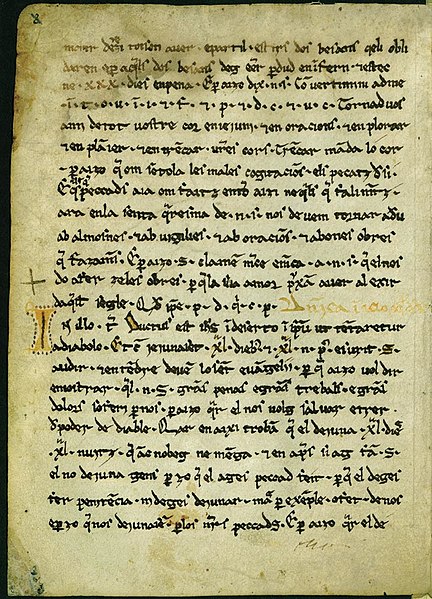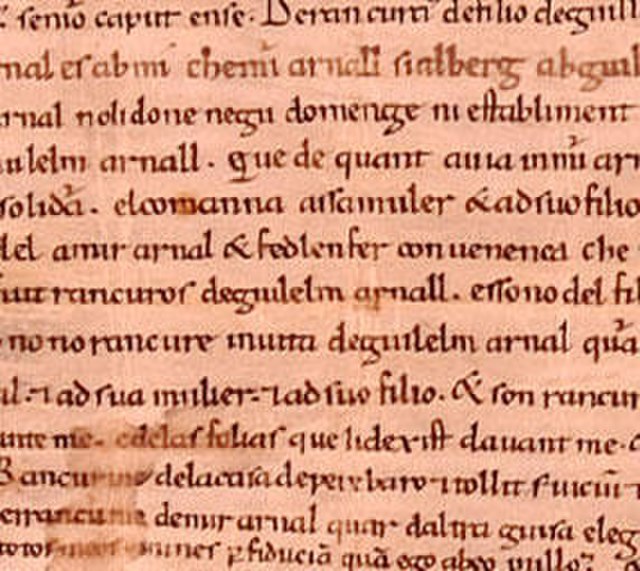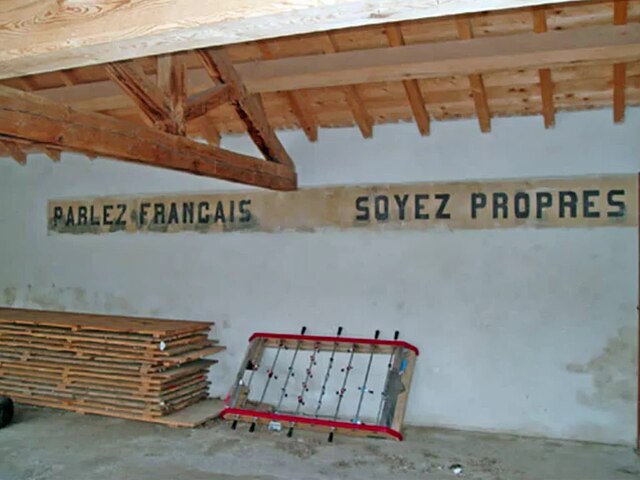Catalans are a Romance ethnic group native to Catalonia, who speak Catalan. The current official category of "Catalans" is that of the citizens of Catalonia, an autonomous community in Spain and the inhabitants of the Roussillon historical region in southern France, today the Pyrénées Orientales department, also called Northern Catalonia and Pays Catalan in French.
Battle of the Puig by Andreu Marçal de Sax, depicting the Christian victory with the aid of Saint George
After the Catalan defeat during the War of Spanish Succession, Philip V of Spain ordered the burning of all the Catalan flags and banners.
The castells, human towers, are part of the Catalan culture since 1712 and were declared by UNESCO to be amongst the Masterpieces of the Oral and Intangible Heritage of Humanity.
Catalan children wearing the traditional outfit, including the barretina
Catalan, known in the Valencian Community and Carche as Valencian, is a Western Romance language. It is the official language of Andorra, and an official language of three autonomous communities in eastern Spain: Catalonia, the Balearic Islands and the Valencian Community, where it is called Valencian. It has semi-official status in the Italian comune of Alghero, and it is spoken in the Pyrénées-Orientales department of France and in two further areas in eastern Spain: the eastern strip of Aragon and the Carche area in the Region of Murcia. The Catalan-speaking territories are often called the Països Catalans or "Catalan Countries".
Homilies d'Organyà (12th century)
Fragment of the Greuges de Guitard Isarn (c. 1080–1095), one of the earliest texts written almost completely in Catalan, predating the famous Homilies d'Organyà by a century
Official decree prohibiting the Catalan language in France
"Speak French, be clean", school wall in Ayguatébia-Talau (Northern Catalonia), 2010








